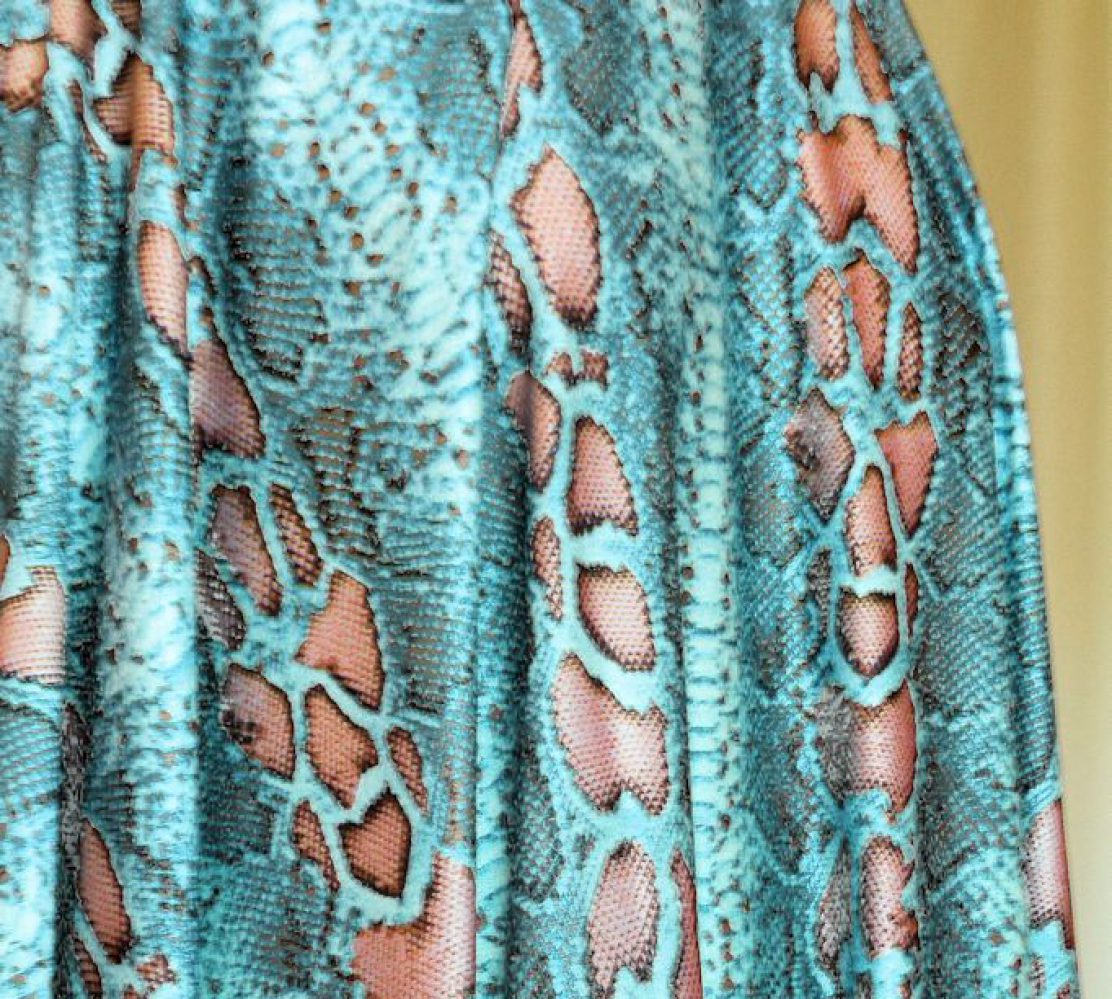Or more correctly a “choli“.
So Me-Made-May set me on the path to Fix-It-June.
First to be sorta fixed is this choli top.
The pattern was self-drafted based on an earlier sloper, and didn’t account for breathing ease nor my uneven sloping shoulders. As with most alterations there is a limit to how much improvement that can be made. Here are the before & after mug shots.
Before Mug Shots
After Mug Shots
- The left back side is now better after a sloping shoulder adjustment.
- I can now breath after letting out tiny bits on all princess & side seams.
But I can still see fitting problems…The armholes feel a bit tight and there are draglines along the neckline pointing toward the shoulder tips. It’s as if the sleeves are pulling the neckline outward. I wonder if perhaps the lack of sleeve cap ease / shallow cap is the culprit.
 My theory is that there’s not enough room in my sleeve cap to accommodate the roundness of my shoulder joints, so the sleeves want to pull the shoulder tips outward to compensate, and without a smaller neckline to counter-act this tendency the sleeves win, resulting in the neckline being pulled apart / outward. So what this top wanted was more like the left side in the picture below, but what I’m getting is more like the right side. (More on my sleeve block experiment here.)
My theory is that there’s not enough room in my sleeve cap to accommodate the roundness of my shoulder joints, so the sleeves want to pull the shoulder tips outward to compensate, and without a smaller neckline to counter-act this tendency the sleeves win, resulting in the neckline being pulled apart / outward. So what this top wanted was more like the left side in the picture below, but what I’m getting is more like the right side. (More on my sleeve block experiment here.)
It’s a shame I experimented first on the nicer of my two choli fabrics and made it in a rush for an occasion. This red one is silk and I think it came with the matching silk sari that I wore in the mug shots above. The other red one is cotton and might also have been bought as a set with the matching sari. I have another green cotton sari, but no matching choli fabric for it.
 Ja, I went through a sari-mad phase, but never mastered the art of sari-wearing. I even bought this fascinating book by anthropologist Chantal Boulanger called “Sari: An Illustrated Guide to the Indian Art of Draping“. It documents 100 different ways of sari draping worn by the various castes in different regions of the Indian subcontinent. Absolutely fascinating. And sad that some of these methods may soon be forgotten. Thankfully the book includes instructions & diagrams for these different drapes.
Ja, I went through a sari-mad phase, but never mastered the art of sari-wearing. I even bought this fascinating book by anthropologist Chantal Boulanger called “Sari: An Illustrated Guide to the Indian Art of Draping“. It documents 100 different ways of sari draping worn by the various castes in different regions of the Indian subcontinent. Absolutely fascinating. And sad that some of these methods may soon be forgotten. Thankfully the book includes instructions & diagrams for these different drapes.
> You can sample few pages from the book here
In London you do see women wearing Saris on the street. And they always look so elegant regardless of their size, shape, or age. Even the impoverished ladies you see in documentaries about rural India look elegant in their sari. All that without complicated fancy sewing. Amazing.
Here are my not so brilliant attempts
at three of the drapes…
Maybe I should practice wearing saris more often.
It would certainly be a good justification for
my Sari & Not-So-Sari stashes! 😉




































